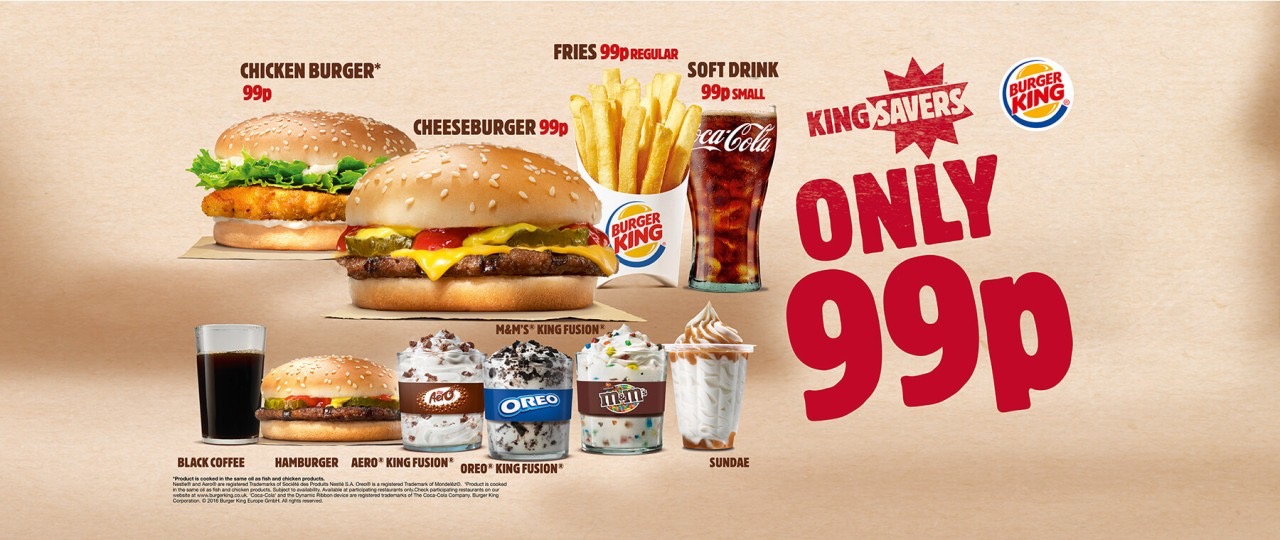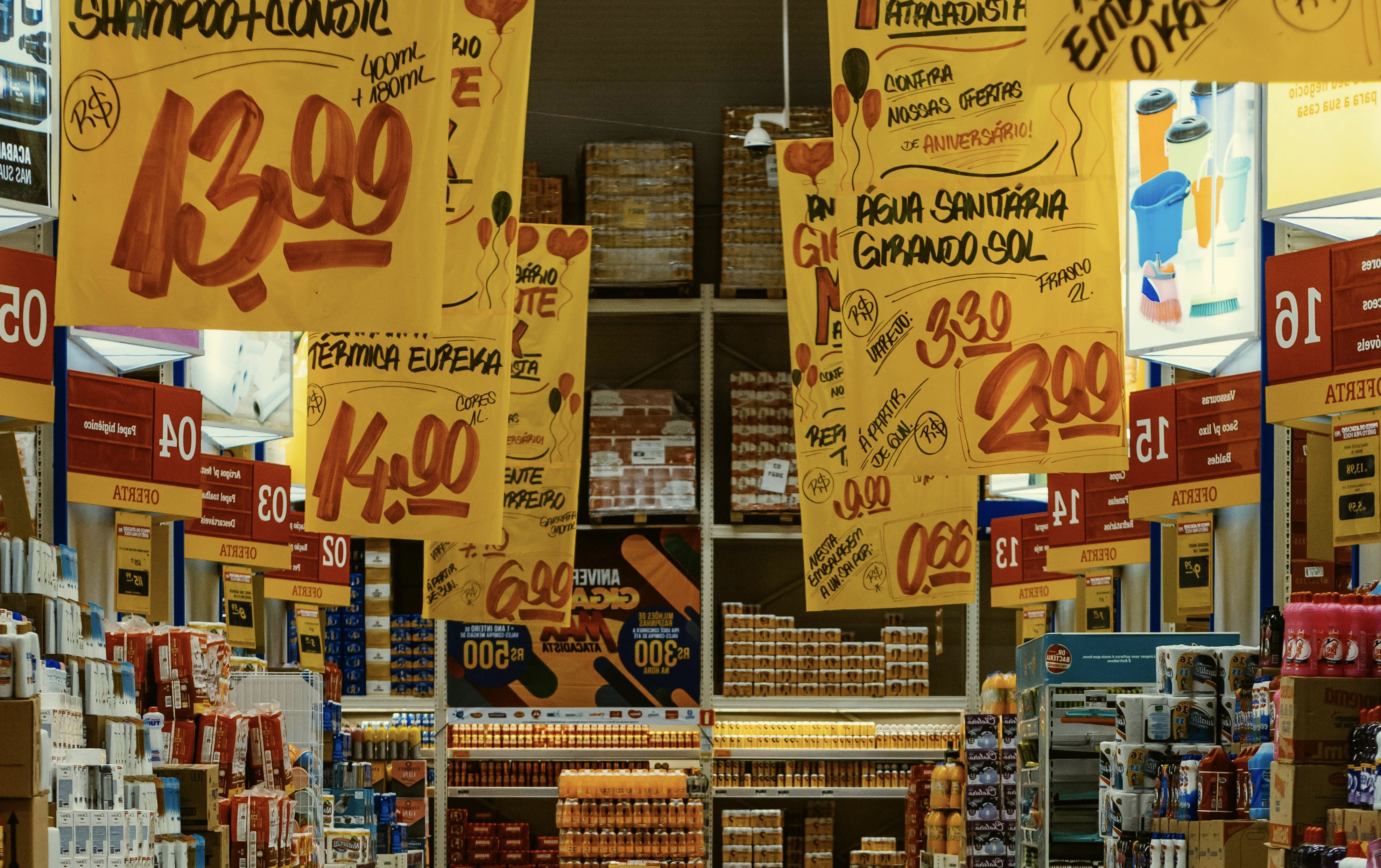Ever wondered why a shirt that costs $19.99 feels way cheaper than $20? Spoiler: there is a psychological reason behind this tactic to get customers to take the plunge and buy an item. Although, there is only a one cent difference between the perceived “cheaper” price of $19.99 compared to $20, the difference it makes for the customer can be extraordinarily large when it comes to the likelihood of purchasing an item.
When a customer is looking at prices in a store, they are most likely to look at the price from left to right. This means customers will see the left most number first also known as a left-digit bias to determine if the price is good enough to purchase an item. So many products and options line each shelf that customers have to sift and make split second decisions to determine whether an item is a good deal. For example, if someone were to look at two hamburger options and saw prices of $0.99 versus $1.00, in that split second the customer seeing a 0 in front instead of 1 could be enough for that customer to select that “cheaper” option. This is also referred to as charm pricing.

Like the name suggests, charm pricing refers to making an item seem more attractive to other alternatives. A study noted in the book “Priceless”, discovers that products with charm pricing outsold rounded prices by around 24%. 24% is quite large when thinking about the amount that large online stores, supermarkets, and fast-food restaurants make per year. Over a year, this can mean millions or billions of dollars are made when using this charm pricing technique.
Common industries that use this technique include retail/e-commerce stores, fast food places, and subscription services. For example, a customer choosing between Netflix plans has choices of 1) Standard with ads at $7.99/month, 2) Standard at $17.99, and Premium at $24.99. Each of these options is using left-digit bias to entice customers into choosing one of their plans. In general, industries that use this want their customers to feel that they are getting a deal and have more purchasing power. However, not all industries use this strategy when trying to get customers.
Sometimes, people view the tactics of charm pricing as gimmicky or cheap. More specifically, high-end products or luxury brands/services want to avoid being put in the same tier as these brands that use charm pricing techniques. These high-end brands have a certain curated image portraying them as a leader in their field or the best of the best. These companies use prestige pricing. For example, Chanel is known as a high-end fashion brand that attracts a certain demographic that wants to spend money on expensive/quality items. One of their watches called the Premiere Iconic Chain Watch goes for $6,300. Chanel knows that their target demographic doesn’t care about that extra one cent, so they price it to be perceived as more expensive. In this case, charm pricing is not the right strategy for Chanel because of their target demographic.
When starting your own small business, a question you will have to answer will be if charm pricing or prestige pricing techniques should be used in your pricing strategies. The answer will depend on how you want your product to be viewed by your customers. This is an important decision, but an even more important decision will be building trust with customers so that they won’t care about the one cent difference. So next time when you’re shopping in Walmart, see all the charm pricing techniques on display trying to get you to spend your cash.
The College of Business asking students to help answer a variety of business questions like this one in their new Instagram series, "Unpacking Business Mysteries." Follow along and join the conversation @idahostateu_cob

